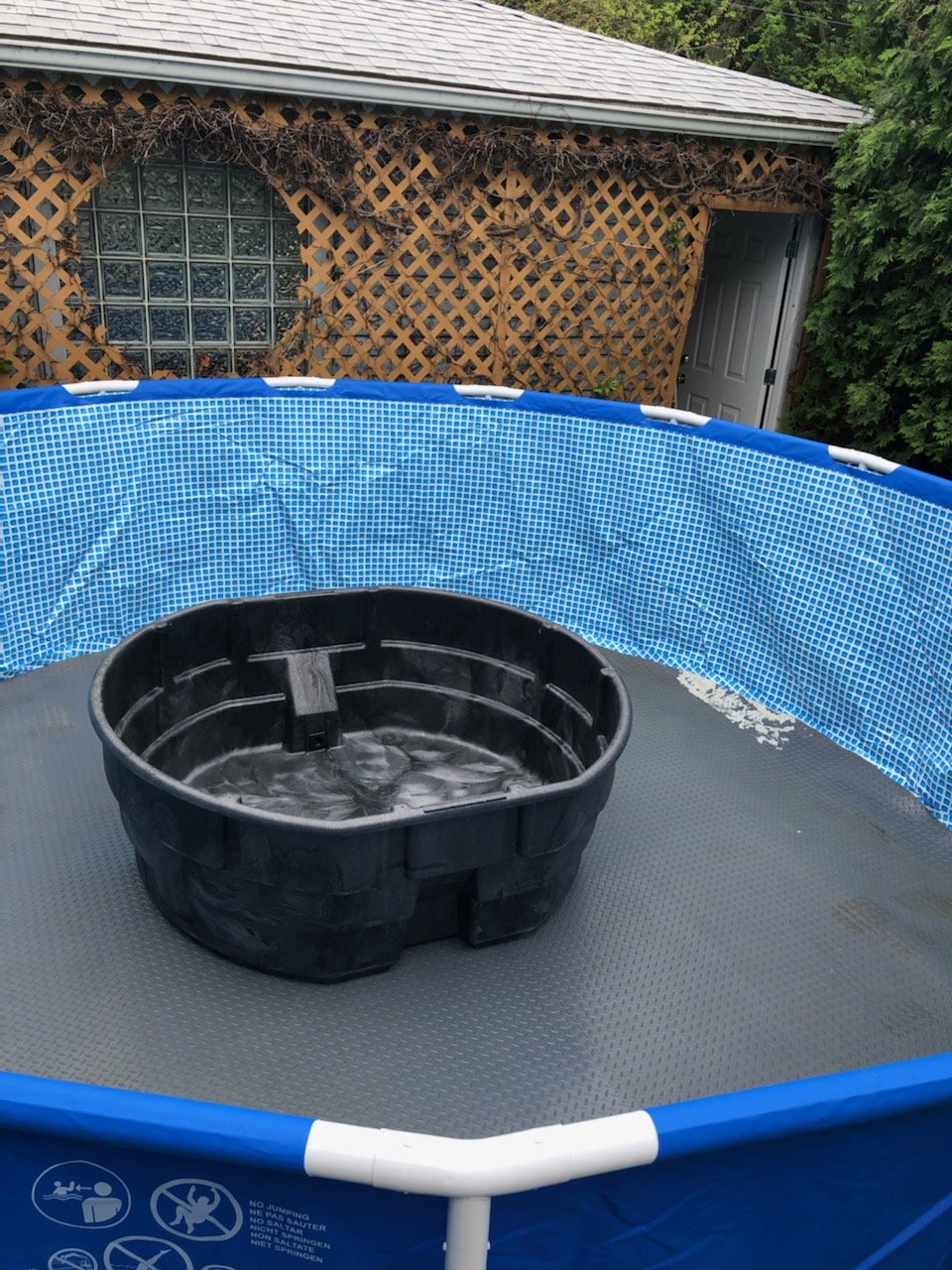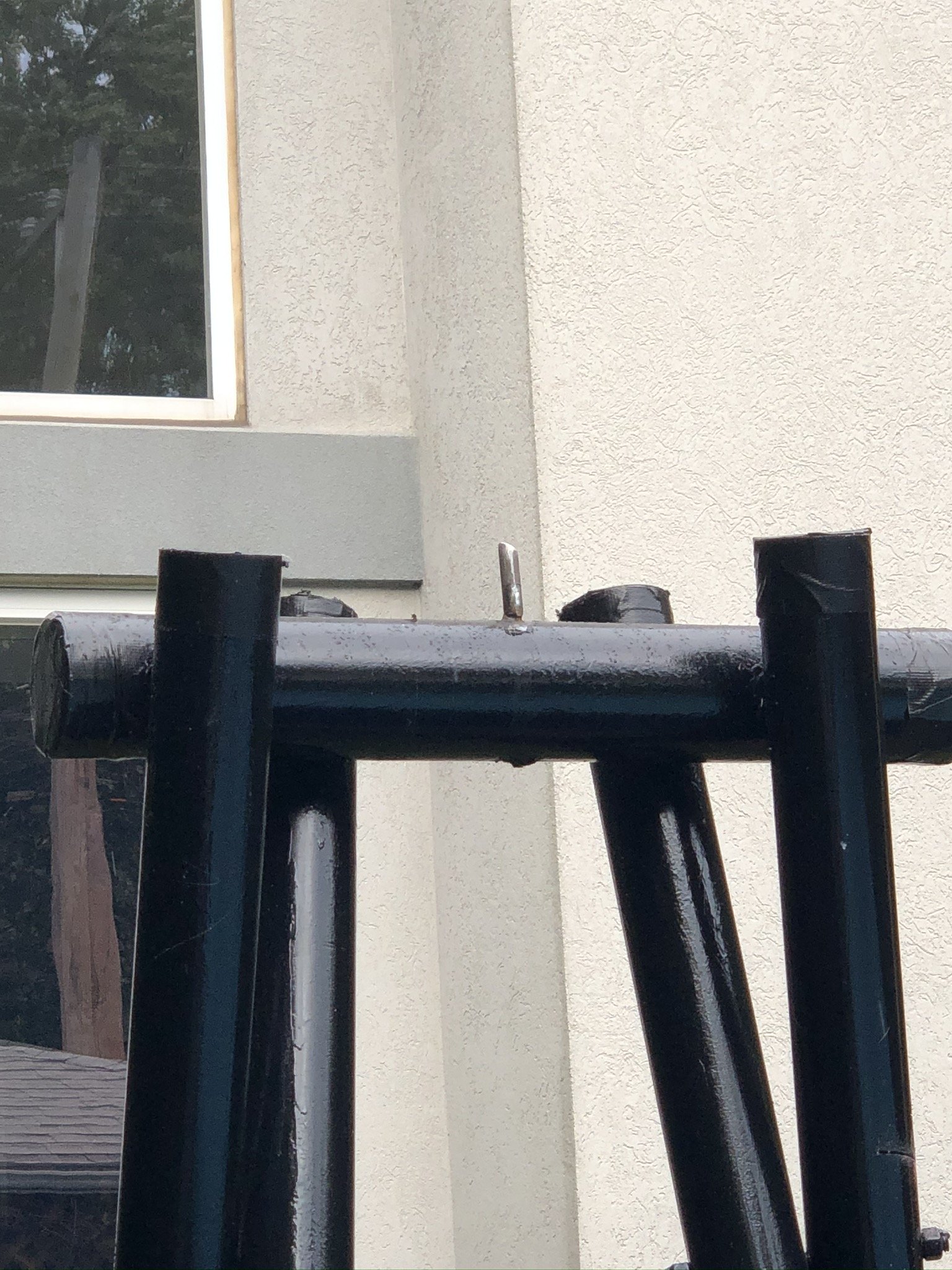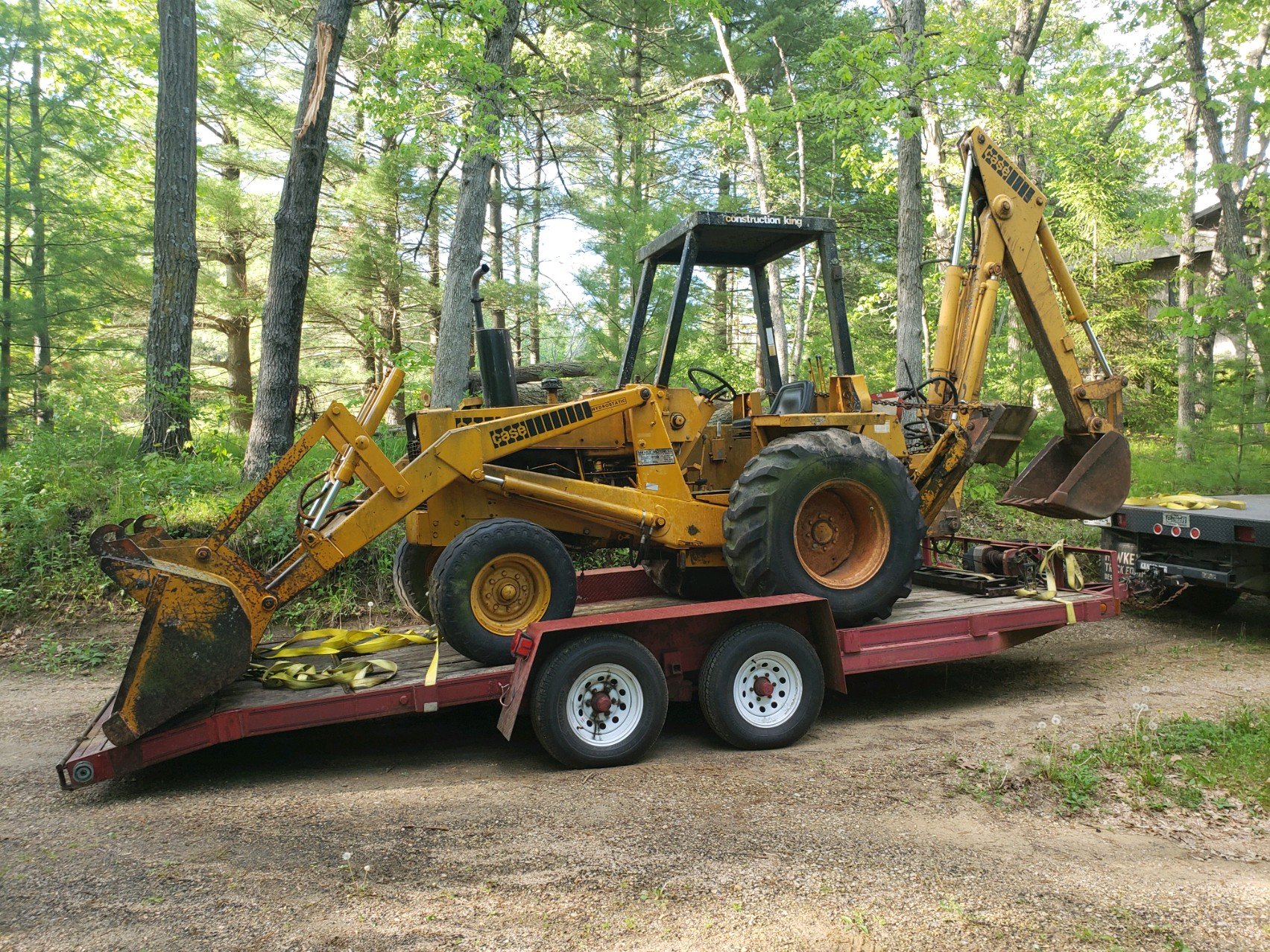FEBRURAY 2023
Scientific Demonstrations
I collaborated with devoted and diligent people to create a website and an animated video to share and cultivate a more precise understanding of how the Great Pyramid of Khufu COULD have been built.
My intention in sharing this information is to provide valuable insights for archaeologists in their future digs/excavations. I hope that the information I have presented will help inform the interpretation of their findings and ultimately validate my theory. I have been challenged to show proof of my theory; I am an engineer, not an archaeologist. Archaeologists are experts in their field, so I will leave validating this theory to those experts. Recently, I found the first archaeological evidence to support my theory.
As an engineer, my role in developing of this theory was to create a proof-of-concept and conduct scientific demonstrations to demonstrate the theory’s viability in real-world scenarios, as described below.
Scientific Demonstration: Definition
A scientific demonstration is a procedure designed to visually or interactively illustrate a scientific principle. Unlike experiments, demonstrations focus on showing how something works rather than testing a hypothesis or generating new knowledge.
Purpose of a Scientific Demonstration
The purpose of a scientific demonstration is to make complex scientific concepts more accessible by providing clear, tangible examples of the principles in action.
In my project, I present three key demonstrations, each highlighting a principle essential to my theory:
Demonstration #1 — The Principle of Floating: illustrating how objects can be supported by water.
Demonstration #2 — The Principle of the Lever (Shaduf): Discover how mechanical advantage is achieved through simple machines. Watch how the ancient power of the lever multiplies human strength, making heavy lifting possible with minimal effort.
Demonstration #3 — The Principle of Bernoulli’s Equation: showing how water falling from a higher sluice to a lower one transforms gravitational potential energy into kinetic energy, which in turn lifts a barge carrying a stone.
Each of these demonstrations is directly connected to the core scientific foundations of my theory, fully detailed in Project Four: Physics of the Theory.
Proof of Concept
Proof of concept Part 1 – Math and Physics
Proof of concept Part 2 – Logic and Ancient Technologies
Demonstrations
I conducted three scientific demonstrations to illustrate my theory:
1) Transportation of stones on the barges in the canals.
2) Lifting water to the top of the pyramid by shadufs.
3) Lifting stones to the top of the pyramid by sluices.
Transportation of stones in the canals
A barge was used for two demonstrations (#1 and #3).
Demonstration #1 was conducted in a swimming pool.
The barge was 24” (61cm) deep, with a flat bottom, which provided a low center of gravity and enhanced stability on the water.
The barge was large enough to accommodate approximately 50% of the average weight of the stones used to build the Great Pyramid.
Empty swimming pool with empty barge
Barge with stones weighing approx. 50% of a 2.5 ton stone
Barge demonstration #1 made it clear that only one finger was needed to pull a barge carrying approximately 50% of the weight of a 2.5-ton stone across water.
Based on this information, it is reasonable to conclude that one man can pull three stones (2.5 tons) and two men can pull six stones in the canal.
Lifting water to the top of the pyramid by a shaduf
Shaduf
As an engineer, I understand the mechanical principle of a shaduf, even though I haven’t witnessed one myself.
I purchased the materials to construct a shaduf, building it four times stronger than necessary.
The shaduf I built consists of a frame and an arm.
The frame of the shaduf has a pin on the top of the crossbeam to secure the arm on top of the frame and prevent the arm from sliding.
Shaduf Frame
Top of shaduf - crossbeam’s pin
I drilled evenly spaced holes along the underside of the arm so the arm would rest on the top of the frame using the crossbeam’s pin. The purpose of having multiple holes was to adjust the length of the long arm on the pin to the ideal height for lifting and finding equilibrium (balance).
The arm was secured on the crossbeam’s pin so that there was a longer portion on one side of the frame and a shorter portion on the other.
The end of the top part of the arm (the longer portion) had a water bucket attached; at the other end of the arm (the shorter portion), a counterweight was attached to offset the weight of the water bucket.
I experimented for a couple of months to determine how high I could lift a 5-gallon (19 l) bucket of water and how many buckets I could lift per minute using only one arm. At the conclusion of my experimentation, I shot a 1.5-minute video clip using my iPhone. This video clip (included in my animated video) explains the work required to lift water to the top of the pyramid.
Building the shaduf was well worth the effort because I learned firsthand what could be accomplished with lines of shadufs on the pyramid construction site.
Lifting stones to the top of the pyramid
I assumed that, as an engineer, I would have no trouble building three sluices to demonstrate how stones could have been lifted to the top of the pyramid. I was wrong, very wrong. People say that working with water is challenging, but that is an understatement. Water finds the smallest cracks and leaks out swiftly, especially under pressure, which I experienced while experimenting with the high water levels used in the sluices. Working with water is an exceptionally arduous task.
It took 1.5 years to build and completely waterproof three sluices and commence experiments lifting stones. One idea kept me motivated. During Khufu’s time, Egyptians sailed across the Red Sea to gather copper from the Sinai Peninsula for their tools. They had to waterproof huge ships built of multiple wooden planks to accomplish this and did so successfully. 4,500 years later, I can’t waterproof three small sluices? My family’s background is Ukrainian, so I don’t give up easily. Despite multiple setbacks, I persevered with great determination and prepared the sluices for experimentation.
The construction of the sluices took place in a forest, where water was extracted (pumped) up from a nearby pond. While I was responsible for engineering the sluices, one person, Mr. Stanley Zachara, managed the balance of the workload.
The sluice frames were cut from the largest shipping container available, and with his ingenuity, Mr. Stanley managed to maneuver the shipping container between trees and deliver it to the construction site.
Full shipping container
Pulling shipping container into position
Mr. Stanley learned how to operate a newly purchased tractor/digger/backhoe to move soil for the sluices.
On-site, the shipping container was cut into three sections to build the three frames of the sluices. Mr. Stanley navigated lifting and placing the heavy sluice frames in the locations where the soil was prepared.
Lifting frame of the sluice, by winch between trees and crossbeam chained to the nearby trees (1/3 of shipping container)
Three frames for the sluices
After an entire summer spent waterproofing the sluices, we still had small leaks. We thought we could pump extra water to compensate for the leaks and complete a few experiments before winter.
For each experiment, we needed to pump approximately 1,000 gals (3,790. l) of water from the nearby pond. The pond was 600 feet (183 m) away, and the water table of the pond was 250 vertical feet (76 m) below the sluice location. We used two hose lines that were each 600 feet long. It required three pumps in each 600-foot (183 m) long water hose to pump water up 250 vertical feet (76 m), equaling six pumps total to move the water from the pond to the sluices.
Blue water house runs 600 feet to the pond.
One of three pumps to pump water 250 vertical feet up from the pond to the sluices.
We completed a few experiments before we depleted the pond water and had to pause experimentation. We hoped winter would bring enough snow to replenish the pond water and that we could resume experimentation the following spring.
In the spring, we stripped all the old waterproofing in the sluices and re-sealed everything using a simpler method. Sometimes, simplicity is simply the best. After reassembling the water hoses with pumps, we found that mice had eaten holes through every hose during the winter season. Unfortunately, not one was spared, and all were leaking. Well, it happens. After replacing the hoses, “it was smooth sealing.”
Conclusion
After dedicating two years of hard work and investing a significant amount of my personal funds, we successfully experimented with three functional sluices. The investment was undoubtedly worth it. (I shot a 3.5-minute video clip with my iPhone, which is included in the animated video I created.)
Through this experimentation, I learned that water can easily lift a 2.5-ton stone, 1.37 m (54 inches) high (two layers of the Great Pyramid) and that the full cycle of sluices is much shorter than I initially calculated when developing the theory (4 minutes was the time originally assigned and noted in project 1).
It bears repeating...two years, much hard work, and a lot of money, but it was well worth it. I witnessed firsthand the POWER OF WATER lifting stones, and now I can close my eyes and imagine stones “jumping up” on the Great Pyramid during construction.
From this point forward, nobody can tell me that building the Great Pyramid using water is an impossibility.












